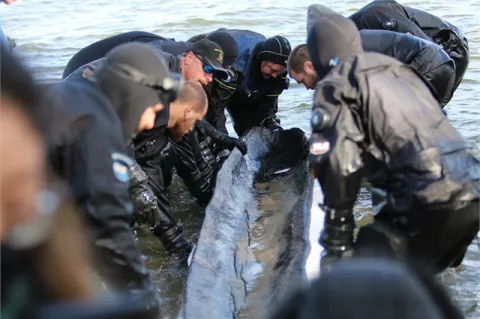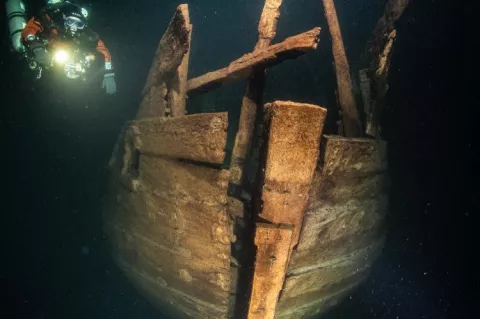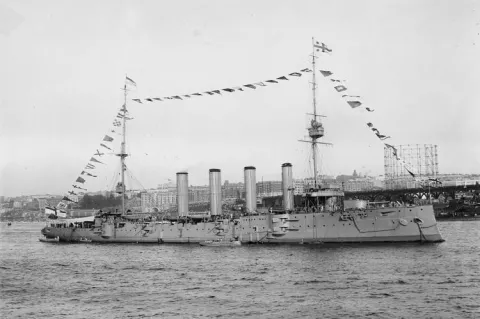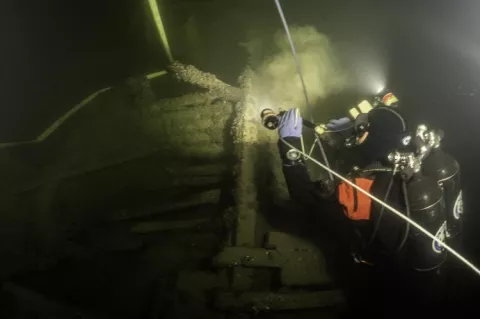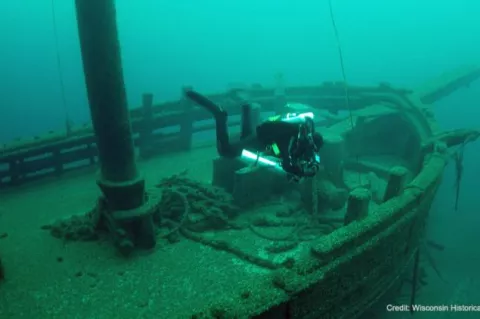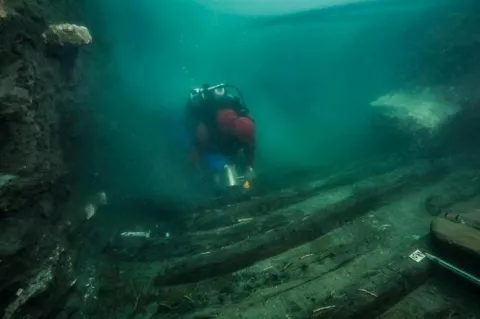1,200-year-old canoe found in Wisconsin lake
Wisconsin Historical Society maritime archaeologists recovered a historic dugout wood canoe from the bottom of Lake Mendota in the US state of Wisconsin yesterday, just a few months after learning of its existence in June 2021. The canoe is a remarkable artifact, made from a single tree.

